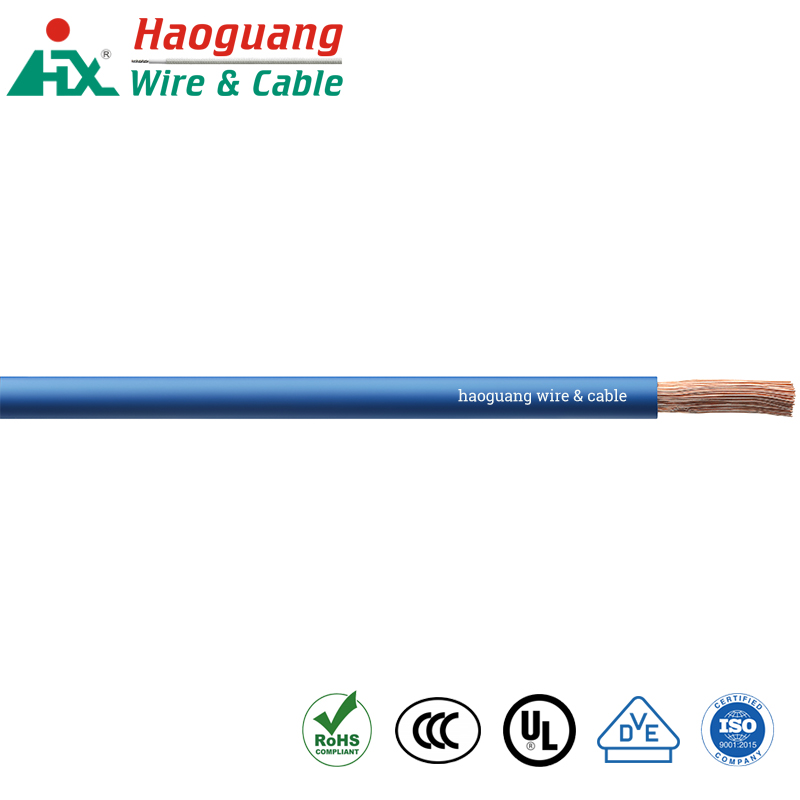Depending on the cross section of the wire, the
single-core wire wiring method often adopts the splicing method and the binding method:
1. Splicing method
The splicing method is suitable for the straight line connection and branch (branch) connection of small cross-section single-core copper wires of 4mm? and below. When twisting, first cross the two wires, twist the two cores for 2~3 turns, then straighten the connecting wire to form 900, and wrap the two ends of the wire tightly on the other core for 5 turns. Cut the wire so that the end fits snugly against the wire.
When the two-core wire is connected, the two connections should be staggered by a certain distance.
When connecting a single-core T-shaped sub-wire, cross the core of the wire with the trunk line, generally first thickly coil 1~2 turns or knot it to prevent loosening, and then close it for 5 turns.
2. Binding method
The binding method is also called the winding method. It is divided into two types: with auxiliary line and without auxiliary line. Generally, it is suitable for straight line connection and branch line connection of single core wire of 6mm? and above.
When connecting, first bend the two wire ends properly with pliers, and then tie them together. After adding the auxiliary wire (filling a core wire of the same diameter), a 1.5 mm? bare copper wire is generally used as the binding wire, and the binding is started from the middle, and the binding length is about 10 times the diameter of the wire. The two ends are wound on the wire core for 5 turns, and the remaining wire ends are twisted with the auxiliary wire for 2 turns, and the excess part is cut off. The thinner wire does not need the auxiliary wire.
When connecting the single-core T-shaped branch wire, first fold the branch wire into 900 close to the main wire, and the length of the male coil is also 10 times the diameter of the wire, and then wrap it 5 times.

